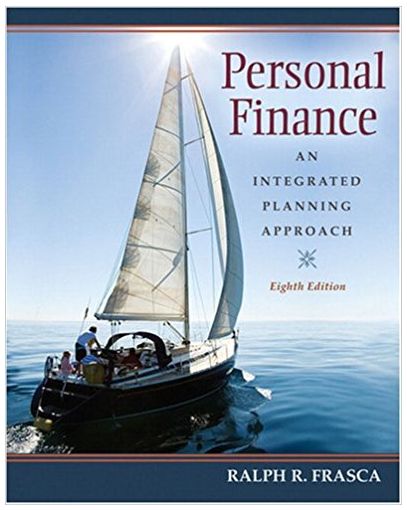Answered step by step
Verified Expert Solution
Question
1 Approved Answer
3 . a . 1 . Profitability ratios Bayside Memorial Hospital's financial statements follow: INCOME STATMENT 2 0 1 8 2 0 1 7 Revenues:
a Profitability ratios
Bayside Memorial Hospital's financial statements follow:
INCOME STATMENT
Revenues:
Patient service revenue $ $
Less: provision for bad debts
Net patient service $ $
Premium revenue
Other revenue
Total operating revenues $ $
Expenses:
Nursing services $ $
Dietary services
General services
Administrative services
Employee health and welfare
Malpractice insurance
Depreciation
Interest expense
Total expenses $ $
Operating income $ $
Nonoperating income
Net income $ $
BALANCE SHEET
Cash and equivalents $ $
Shortterm investments
Net patient accounts recevable
Inventories
Total current assets $ $
Gross property and equipment $ $
Accumulated depreciation
Net property and equipment $ $
Total Assets $ $
Accounts payable $ $
Accrued expenses
Notes payable
Total current liabilities $ $
Longterm debt $
Finance lease obligations
Total longterm liabilities $ $
Net assets equity $ $
Total liabilities and net assets $ $
Calculate Bayside's Total margin.
Write your answer as a percentage. Round to one decimal place.
Industry average
Bayside's total margin
Note how Bayside's total margin has increased from and is now well
above the industry average. Its profitability has improved.
a Profitability ratios
Continuing from the previous question, calculate Bayside's return on assets ROA
Write your answer as a percentage. Round to one decimal place.
Industry average
Bayside's ROA
Note how Bayside's ROA has increased from and is now slightly above the industry average. Its profitability, as measured by ROA, has increased.
a Profitability ratios
Continuing from the previous questions, calculate Bayside's return on equity ROE
Write your answer as a percentage. Round to one decimal place.
Industry average
Bayside's ROE
Note how Bayside's ROE has increased from It is still below the industry average, however.
Something to think about: how can Bayside's ROE be below the industry average when its ROA is above the industry average?
b Liquidity ratios
Continuing from the previous questions, calculate Bayside's current ratio.
Round to one decimal place.
Industry average
Bayside's current ratio
Note how Bayside's current ratio has increased from and is now above the industry average.
Bayside's liquidity, measured by its current ratio, has improved.
b Liquidity ratios
Continuing from the previous questions, calculate Bayside's days cash on hand.
Round to one decimal place.
Industry average
Bayside's days cash on hand
Note how Bayside's days cash on hand has increased from but it still lags the industry average.
This is probably a better measurement of Bayside's liquidity, which is worse than the average hospital.
c Debt management ratios
Continuing from the previous questions, calculate Bayside's debt ratio.
Write your answer as a percentage. Round to one decimal place.
Industry average
Bayside's debt ratio
Note how Bayside's debt utilization has decreased from falling further below the industry average.
c Debt management ratios
Continuing from the previous questions, calculate Bayside's debt to equity ratio.
Write your answer as a percentage. Round to one decimal place.
Industry average
Bayside's debt to equity ratio
Note how Bayside's debt utilization has decreased from falling even further below the industry average.
c Debt management ratios
Continuing from the previous questions, calculate Bayside's TIE ratio.
Round to one decimal place.
Industry average
Bayside's TIE ratio
Note how Bayside's ability to pay its interest has improved since even rising above the industry average.
c Debt management ratios
Continuing from the previous questions, calculate Bayside's CFC ratio. Bayside's debt principle repayment in was $ and its lease payment due was $
Round to one decimal place.
Industry average
Bayside's CFC ratio
Note how the amount of cash flow Bayside has to cover its fixed financial requirements has improved since also rising above the industry average.
Step by Step Solution
There are 3 Steps involved in it
Step: 1

Get Instant Access to Expert-Tailored Solutions
See step-by-step solutions with expert insights and AI powered tools for academic success
Step: 2

Step: 3

Ace Your Homework with AI
Get the answers you need in no time with our AI-driven, step-by-step assistance
Get Started


